| Name | Balfour Abdominal Retractor W/ Fixed Side Blades – W/ Ratchet Bar Mechanism |
| Lead Time | Lead time advised within 48 hours of order placement. |
| Specialty | General Instruments-Hooks & Retractors – Balfour Retractor & Blades |
| Material Finish | Stainless Steel |
| Grade | Premium Operating Room |
| Units of Measurement | Each |
| Manufacturer | Medicrest Surgical Industries |
| Sterility | Non-Sterile |
| Usage | Reusable |
Balfour Abdominal Retractor W/ Fixed Side Blades
w/ ratchet bar mechanism, w/ fixed fenestrated side blades, 7-1/8″ (18.1 cm) maximum spread
Balfour Abdominal Retractor with Fixed Side Blades contains a ratchet bar mechanism and side blades that are fenestrated. These side blades are designed to push apart an incision while the ratchet holds the instrument in position. The solid center blade, however, can be lowered or raised to provide better visibility for the surgeon.
SKU:
MSI-01-482
Category: Hooks & Retractors
Description
Reviews (0)
Be the first to review “Balfour Abdominal Retractor W/ Fixed Side Blades” Cancel reply
Shipping & Delivery
Related products
Alm Retractor
Alm Retractor
4x4 prongs
Alm Retractor is a device used during general surgical procedures that involve retracting tissue in small areas of the body. This retractor features 4x4 prongs that are available in sharp or blunt points depending on the type of tissue being held. The instrument is also self-retaining due to a mechanism that allows the surgeon to keep it in a desired place once it has been inserted.
Balfour Narrow Center Blade
Balfour Narrow Center Blade
for detachable balfour retractor systems
Balfour Narrow Center Blade consists of a flat blade on one end that is curved at a right angle. This blade also contains small lips on the edges to keep a large incision open. The handle of this instrument is fenestrated and has small loops that rods from lateral blades can fit onto in order to create the desired spread size.
Balfour Supra-Pubic Center Blades
Center Blades
for balfour retractor systems w/ fixed side blade
Balfour Supra-Pubic Center Blades can be useful during procedures such as a Suprapubic cystotomy. When the bladder is retracted, this instrument provides the surgeon with a larger viewing area so that the procedure can be conducted. This blade is presented in two different sizes.
Balfour Wide Center Blade
Balfour Wide Center Blade
for detachable balfour retractor systems
Balfour Wide Center Blade features a wide blade that comes in two different depths depending on the area that needs to be retracted. The basic purpose of this instrument is to keep the edges of an incision separate, such as those in the abdominal area. Furthermore, this center blade is specially designed for the detachable Balfour Retractor Systems.
Collin Abdominal Retractor
Set includes: frame (110.0 mm spread, 9-1/4" (23.5 cm)) & pair of blades (62.0 x 38.0 mm)
Collin Abdominal Retractor is an entire set that includes a frame and a pair of blades. These blades are outwardly curved at a right angle and are deep enough to retract thicker areas of the abdomen. In addition, the retractor contains ring handles and a spreader that has a maximum spread of 110.0 mm, which can keep larger incisions open.
Cushing Vein Retractor
Cushing Vein Retractor
Cushing Vein Retractor has a sharply curved blade and is a popular retractor used during neurosurgery or as rib spreaders. In this way, the ribs or the tissues that are held can be pulled and kept away from the surgical area. Depending on the situation, this instrument is available in different lengths and widths.
Davis Retractor
Double-ended, 5.0 mm x 16.0 mm & 8.0 mm x 21.0 mm blades, 5-1/2" (14.0 cm)
Davis Retractor is a stainless steel instrument that is double-ended and has opposing blades on either end. This retractor is able to divide and keep edges of an incision open. This instrument is also protected by the Medicrest Surgical Industries manufacturer warranty on defects in materials and workmanship.
Deaver Retractor – Double-Ended
Double-Ended
double-ended, 1" wide x 9" long
Deaver Retractor is typically used during abdominal procedures to keep the organs from interfering with the surgical site. This double-ended instrument has a long, curved blade on one end and a short, right angle blade on the other end. The shorter end may help to retract the walls of the bladder during intravesical surgeries, and the longer end may be helpful for deeper retractions.


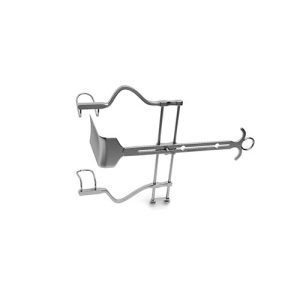
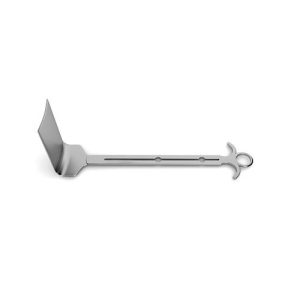
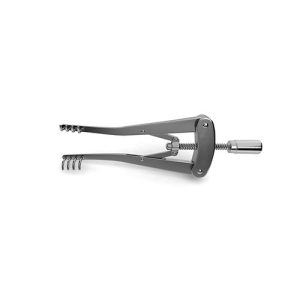
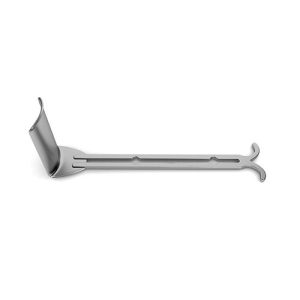


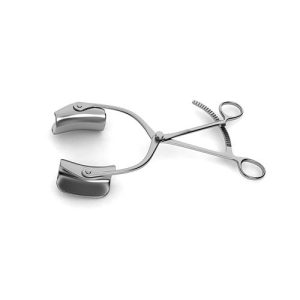
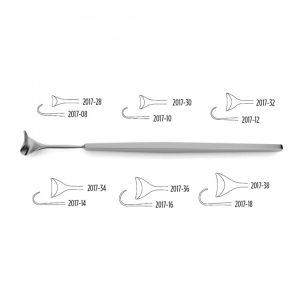

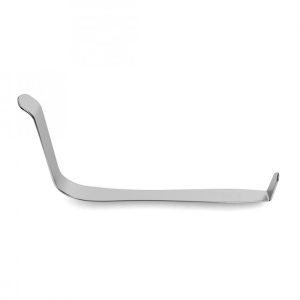

Reviews
There are no reviews yet.